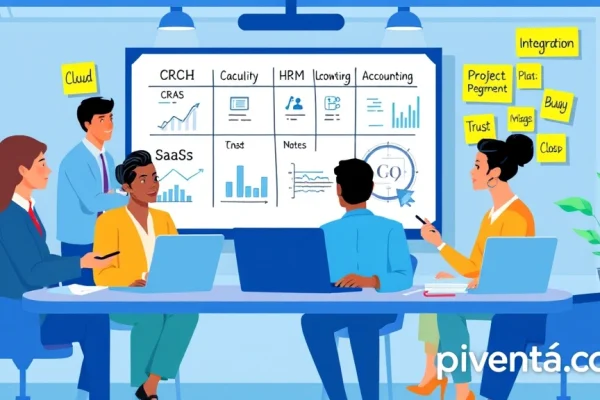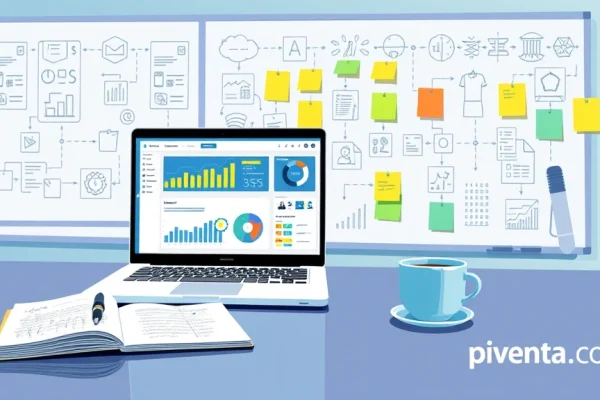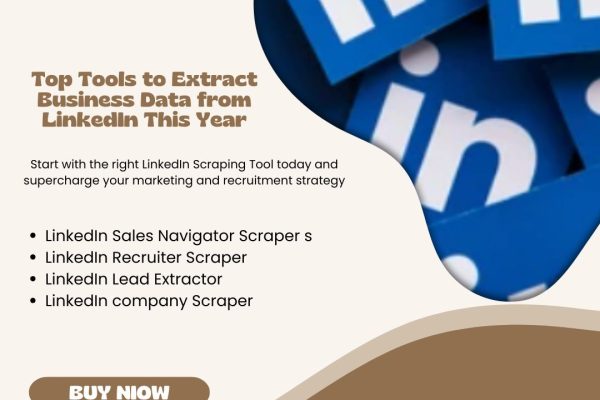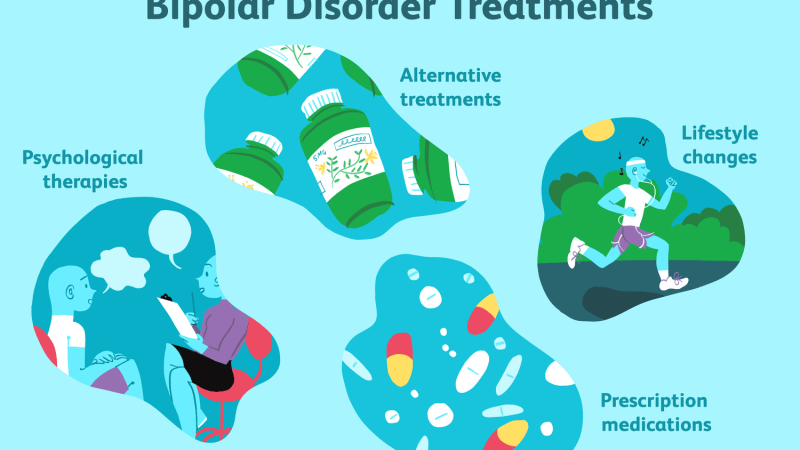Ever wondered how some of your favorite apps, like Spotify or even that handy photo editor, manage to give you so much for free, yet still make a ton of money? It’s not magic; it’s a smart pricing strategy called freemium. If you’re building a B2C SaaS product in the USA and thinking about a freemium model, you're onto something big. But here's the million-dollar question: how do you price it right?
It's like setting up a lemonade stand in July. You want to offer a free sip to get people interested, but you also need to make enough to buy more lemons, right? Pricing a freemium B2C SaaS isn't just about picking a number; it's an art and a science, especially in the competitive US market. You need to balance generosity with profitability, making sure your free users eventually see the value in upgrading.
Understanding the Freemium Model for B2C SaaS
First off, let's break down what "freemium" really means. It's a blend of "free" and "premium." You offer a basic version of your software for free, forever. This free tier usually has some limitations, like fewer features, ads, or usage caps. The idea is that a large number of users will try your free product, and a small percentage will eventually convert to your paid, premium version. Think of it as a free sample that gets customers hooked.
Why Freemium Works (and Doesn't)
Freemium can be a powerful growth engine. It lowers the barrier to entry, meaning more people are likely to try your product. It’s fantastic for viral growth because users can share it easily without any cost commitment. This can lead to rapid user acquisition, which is gold in the B2C space.
However, it's not a silver bullet. A big challenge is converting those free users into paying customers. If your free version is too good, people might never upgrade. If it's too limited, they might not see enough value to stick around. Finding that sweet spot is crucial.
Key Factors in Pricing Your Freemium B2C SaaS
Alright, let's get down to the nitty-gritty. What should you consider when putting a price tag on your premium features?
Your Target Audience and Their Pain Points
Who are you building this for? Are they college students on a tight budget, or busy professionals willing to pay for convenience? Understanding your audience's demographics, income levels, and willingness to pay is paramount. What specific problems does your premium version solve for them that the free version doesn't? The stronger the pain relief, the higher the perceived value.
Value Proposition of Your Premium Tier
What exclusive benefits does your paid version offer? Is it ad-free usage, advanced features, unlimited storage, priority support, or integration with other popular tools? Clearly articulate the "why" behind the upgrade. People pay for value, not just features.
Competitor Analysis
Take a good look at what your competitors are doing. Are they offering freemium models? What are their pricing tiers like? This isn't about copying, but about understanding market expectations and identifying opportunities to differentiate. For example, if everyone else offers unlimited storage for $10, maybe you can offer more advanced analytics for the same price.
Cost of Acquiring and Serving Users
Every user, free or paid, incurs a cost. You’ve got server costs, development, customer support, and marketing. You need to ensure your pricing strategy generates enough revenue to cover these costs and, ideally, turn a profit. Don't forget about the cost of maintaining your free tier – it’s not truly “free” for you!
Conversion Rate Goals
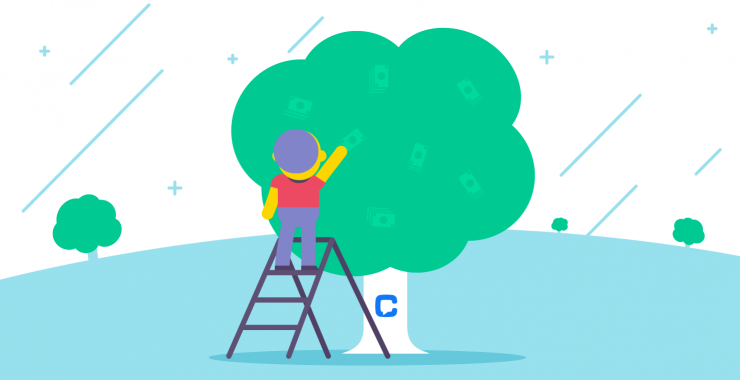
What percentage of your free users do you realistically expect to convert to paid? A typical conversion rate for freemium models can range from 1% to 10%, but this varies wildly by industry and product. Your pricing needs to support your revenue goals based on your anticipated conversion rate.
Strategies for Structuring Your Freemium Tiers
This is where the magic happens. How do you carve out your free and paid offerings so they complement each other?
Feature-Based Differentiation
This is probably the most common approach. Your free tier offers core functionalities, while the premium tier unlocks advanced or niche features.
- Free: Basic editing tools, standard templates, limited project storage.
- Premium: AI-powered suggestions, custom branding, team collaboration, unlimited storage.
Usage-Based Limitations
You can limit the free tier by usage – the number of projects, exports, minutes, or actions per month.
- Free: 3 projects per month, 10 exports.
- Premium: Unlimited projects, unlimited exports.
Support-Based Tiers
Offer basic community support for free users and dedicated, priority support for premium subscribers.
- Free: Community forum support.
- Premium: 24/7 live chat, dedicated account manager.
Ad-Based vs. Ad-Free
Many B2C apps use ads in their free version, with an ad-free experience as a premium perk. Think Spotify or many mobile games.

- Free: Contains ads.
- Premium: Ad-free experience.
Setting the Price: Numbers Game
Once you’ve decided on your differentiation strategy, it’s time to put numbers to it.
Anchoring and Decoy Pricing
This is a clever psychological trick. You present your premium option alongside a more expensive, less attractive "decoy" option. This makes your desired premium option seem like a better deal. For example:
| Plan | Features | Price (Monthly) |
|---|---|---|
| Basic | Limited features, 5GB storage | $0 |
| Pro (Best Value) | All features, 100GB storage, priority support | $9.99 |
| Enterprise | All features, Unlimited storage, Dedicated onboarding | $49.99 |
Here, the "Enterprise" plan serves as an anchor, making the "Pro" plan look more reasonable.
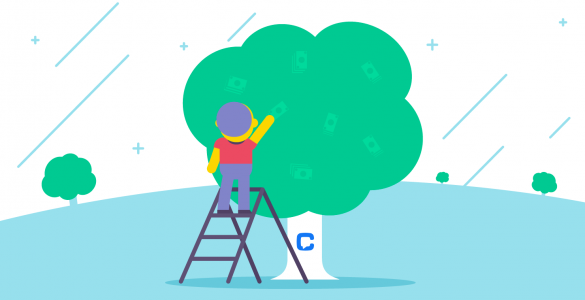
Tiered Pricing
Offer multiple premium tiers (e.g., Basic, Pro, Ultimate) each with increasing features and price points. This caters to different user needs and budgets.
Psychological Pricing
Ending prices with .99 (e.g., $9.99 instead of $10) makes them appear significantly cheaper. It's a classic retail trick that still works.
Testing and Iteration: Don't Set It in Stone!
Pricing is rarely a "one and done" deal. You need to continuously test, analyze, and iterate.
A/B Testing Your Pricing Pages

Show different segments of your audience different pricing structures or messaging to see what converts best. This is powerful for optimizing your conversion rates.
Gathering User Feedback
Talk to your users! Why did they upgrade? Why didn't they? Surveys, interviews, and in-app feedback can provide invaluable insights.
Monitoring Key Metrics
Keep a close eye on your conversion rates, churn rates, average revenue per user (ARPU), and customer lifetime value (CLTV). These metrics will tell you if your pricing is working.
FAQ: Your Burning Questions Answered
Q1: How do I decide what features to put in the free vs. paid tier?
Think about "core value" vs. "enhanced value." Your free tier should offer enough core value to be useful and addictive, but hold back features that unlock significant productivity, convenience, or unique benefits for the paid tier. A good rule of thumb: if it solves a critical, daily problem for a specific user segment, it might be a premium feature.
Q2: What's a good conversion rate for freemium B2C SaaS?
Conversion rates vary wildly, but generally, anything from 1% to 5% is considered decent for a consumer freemium product. High-value B2B freemium products might see higher rates. The key is to constantly work on improving this number through better onboarding, clear value propositions, and strategic nudges.
Q3: Should I offer annual plans in addition to monthly?
Absolutely! Annual plans are fantastic for several reasons. They provide more predictable revenue, reduce churn (because users are locked in for a year), and often come with a discount for the user (e.g., "get 2 months free!"). This encourages longer commitment and improves your cash flow.
Q4: How often should I change my pricing?
Don't change it too often, as it can confuse or annoy users. However, don't be afraid to adjust it based on market changes, new features, or significant shifts in your cost structure. Many successful SaaS companies revisit their pricing annually or semi-annually. Always communicate changes clearly and well in advance.
Q5: What's the biggest mistake founders make with freemium pricing?
The biggest mistake is making the free version too good. If users can do everything they need with the free tier, they'll never upgrade. Another common mistake is not clearly articulating the value of the premium features. Users need to understand why they should pay. It's about showing, not just telling, the benefits.
Q6: Can I use dynamic pricing for my B2C SaaS?
Dynamic pricing, where prices change based on demand, user behavior, or other factors, is more common in e-commerce or travel. For B2C SaaS, it's generally less common and can create confusion or distrust. Fixed, transparent pricing, perhaps with tiered options, is usually preferred for building long-term customer relationships. However, personalized discounts or introductory offers are a form of dynamic pricing that can be effective.
Final Thoughts
Pricing your freemium B2C SaaS isn't a one-time decision; it's an ongoing journey of strategy, testing, and refinement. In the bustling US market, you need to stand out. Offering a taste of your product for free can be a powerful user acquisition tool, but only if you skillfully guide those users toward the full, flavorful experience of your premium offerings.
So, go ahead, experiment, listen to your users, and don't be afraid to tweak. Your perfect pricing strategy is out there, waiting to be discovered. What's your biggest challenge in pricing your SaaS? Share your thoughts and let's get the conversation going!


